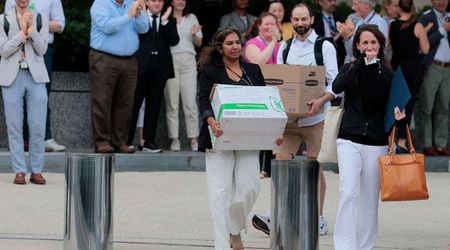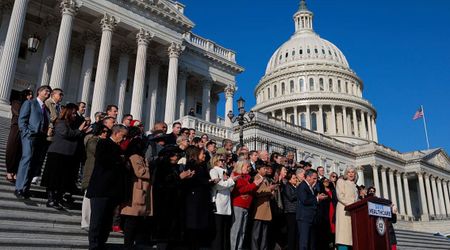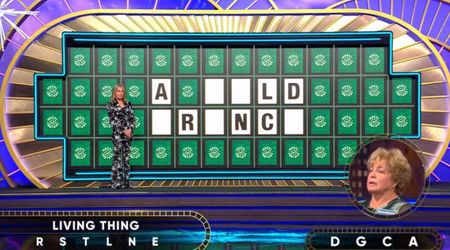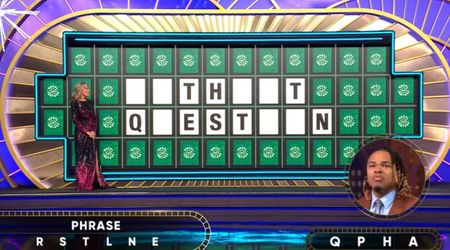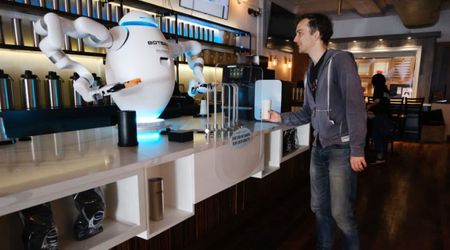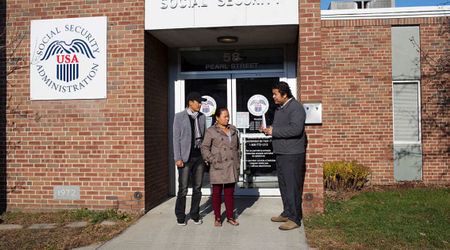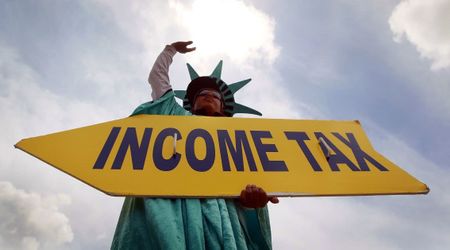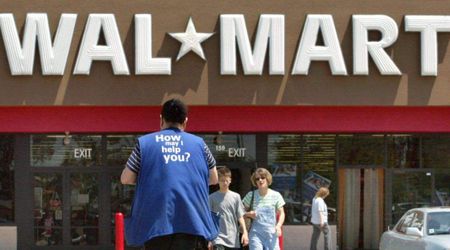Inflation Eases, but Food Prices Continue to Skyrocket

Inflation may be showing signs of cooling down, but there's one persistent area that continues to strain American wallets, the relentless surge in food prices. Despite a general trend of decreasing inflation rates, food costs are on the rise, posing a significant challenge to consumers.

According to recent data, food prices climbed by 0.4% in January compared to December, outpacing the overall 0.3% increase in the Consumer Price Index (CPI). This surge in food prices has been particularly felt in both grocery stores and restaurants, with the latter experiencing a sharper increase, marking a 5.1% jump on an annual basis compared to a 1.2% rise in grocery costs.

For American consumers, grappling with a 25% surge in supermarket prices since January 2020, the impact is tangible. Despite the moderation in the pace of grocery price hikes compared to the height of the pandemic, the cumulative effect means that the average shopping basket still costs more than it did a month or a year ago, adding strain to household budgets and souring consumer sentiment towards the economy.
A recent poll suggests that two-thirds of voters cited food prices as the area where they feel the most impact from inflation, significantly outweighing concerns about gas prices or housing costs. "January's stubbornly high inflation rate was boosted by a notable uptick in food inflation back to 0.4%. We have not seen food inflation print this high since the beginning of last year," stated Greg Wilensky, head of U.S. fixed income at Janus Henderson Investors, in an email.

The persistent inflation in food prices is attributed to various factors, including heightened labor costs at manufacturers translating into higher consumer prices and dwindling cattle numbers leading to increased beef and steak prices. However, some experts point to corporate behavior, alleging that companies are exploiting market conditions to drive up prices and boost profits.

On the other hand, the concept of "greedflation," where companies raise prices disproportionately to inflation for profit gains, has become a topic of political discourse. While Democrats often highlight this phenomenon, Republicans tend to attribute higher prices to policies under the Biden administration.
An analysis identifies five food categories responsible for a significant portion of grocery inflation: beef and veal, poultry, non-frozen non-carbonated juices and drinks, fresh fruits and vegetables, and snacks. Moreover, supply chain disruptions and climate change-induced challenges such as droughts and diseases are cited as major contributors to the price hikes in these categories.

The impact of rising food prices extends beyond grocery bills to dining out, with fast-food prices surging by 5.8% in January compared to a year earlier. Major chains like McDonald's have raised prices, leading to reduced visits and spending, particularly among lower-income customers.
However, the disproportionate burden of food price inflation falls on low-income households, who spend a larger share of their income on essentials like groceries. While wealthier individuals may have more flexibility in their spending, those with limited financial resources face heightened financial strain due to escalating food costs.

Looking ahead, there may be some relief in store for grocery shoppers, with forecasts suggesting a slight decrease in grocery prices by the end of the year. However, the outlook for dining out remains less optimistic, with restaurant meal prices projected to continue their upward trajectory.

